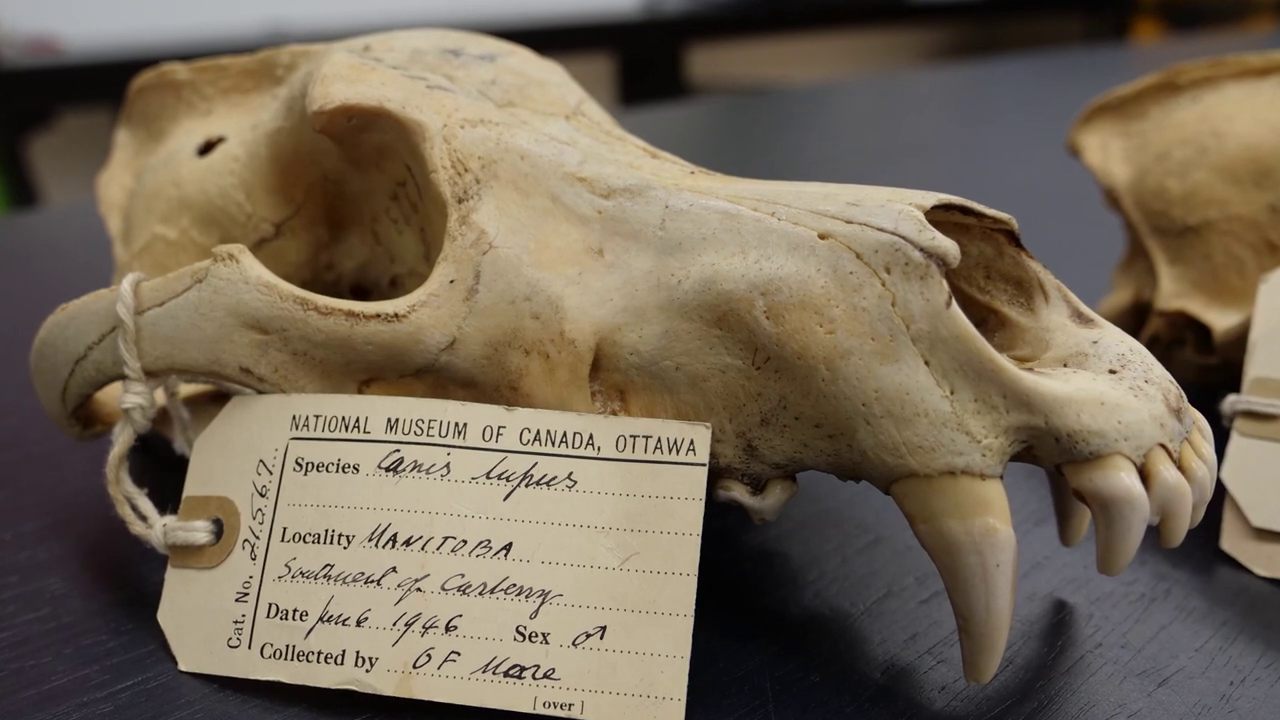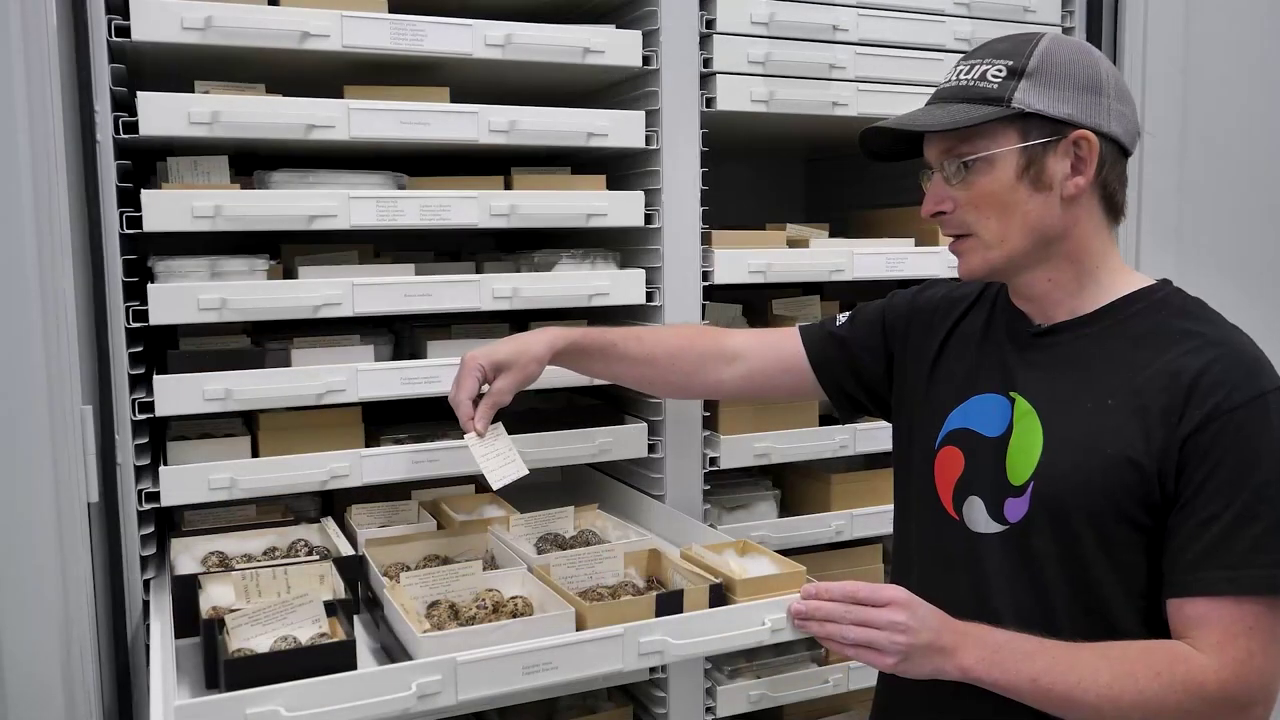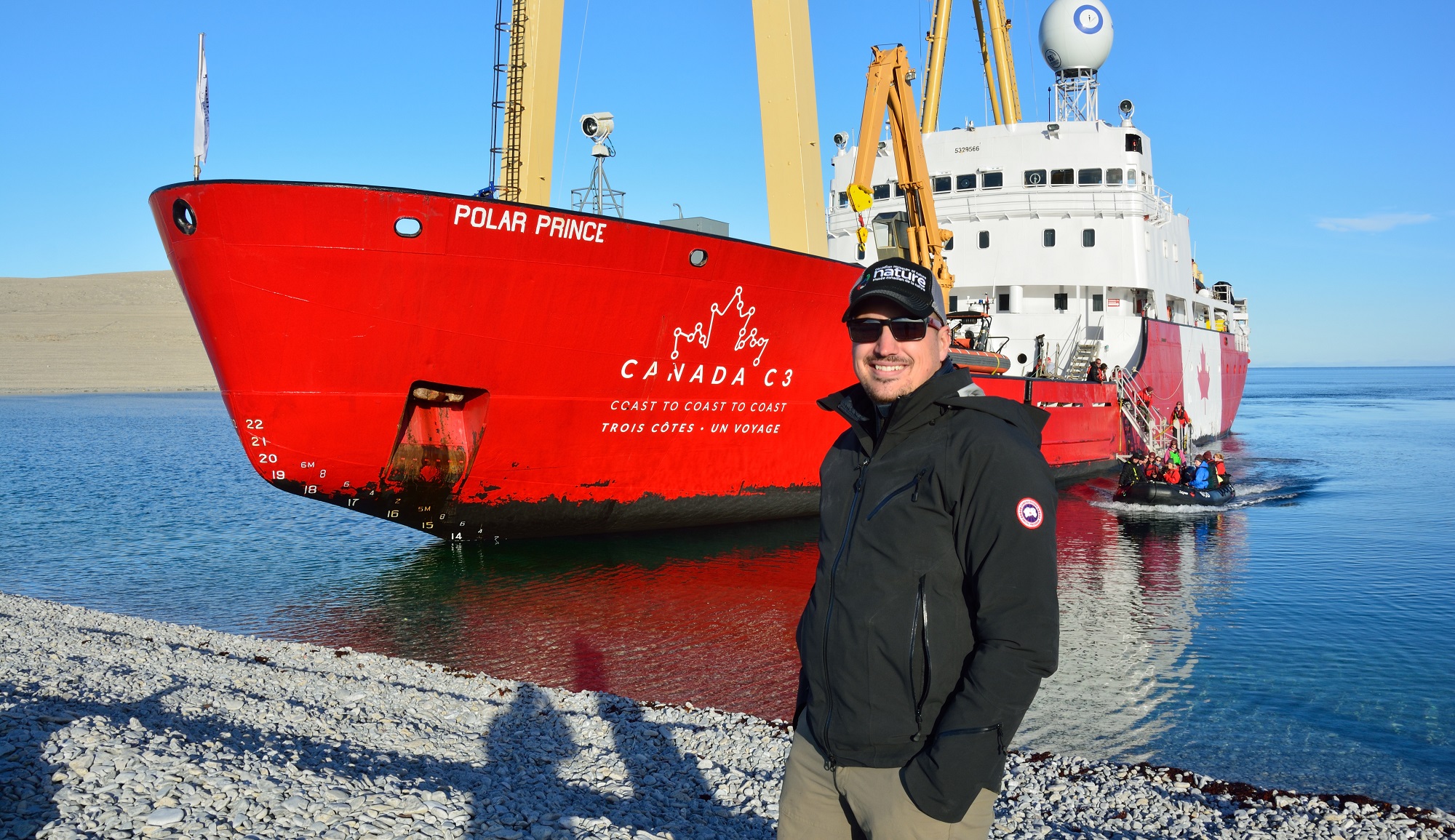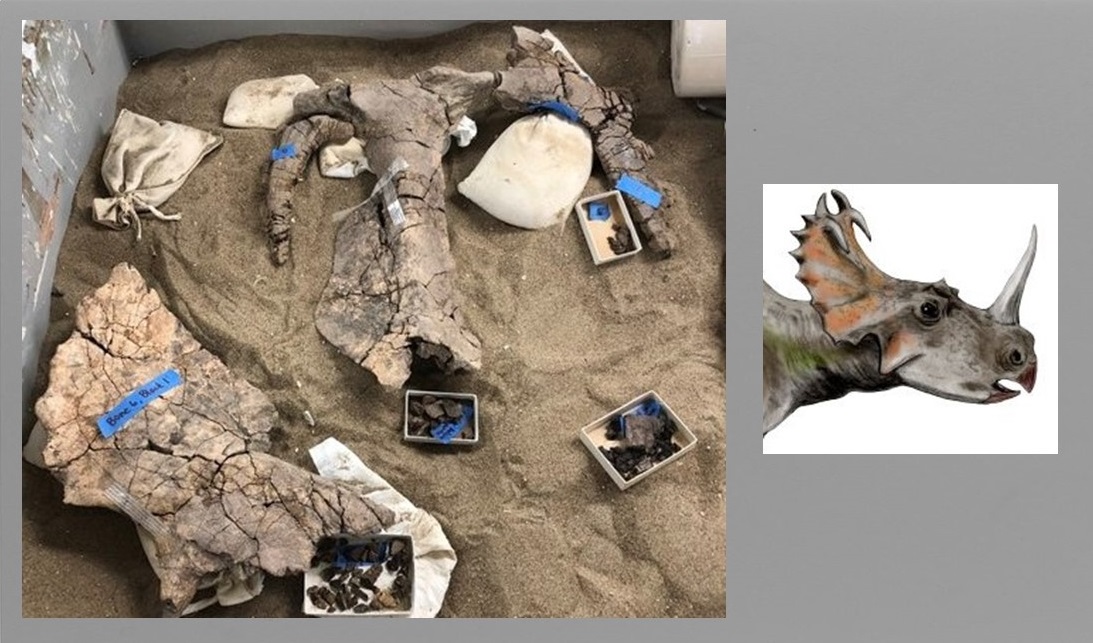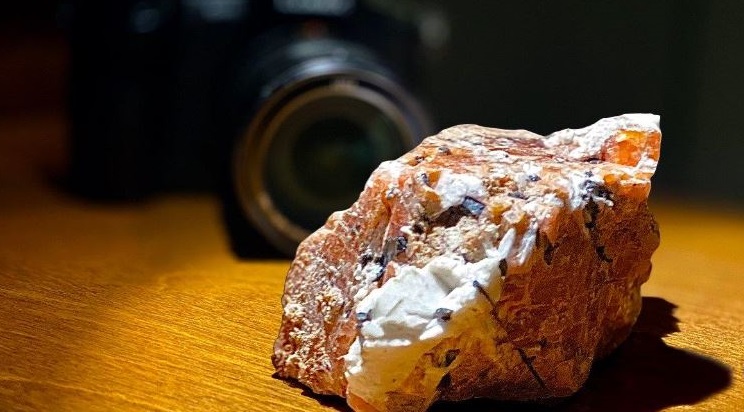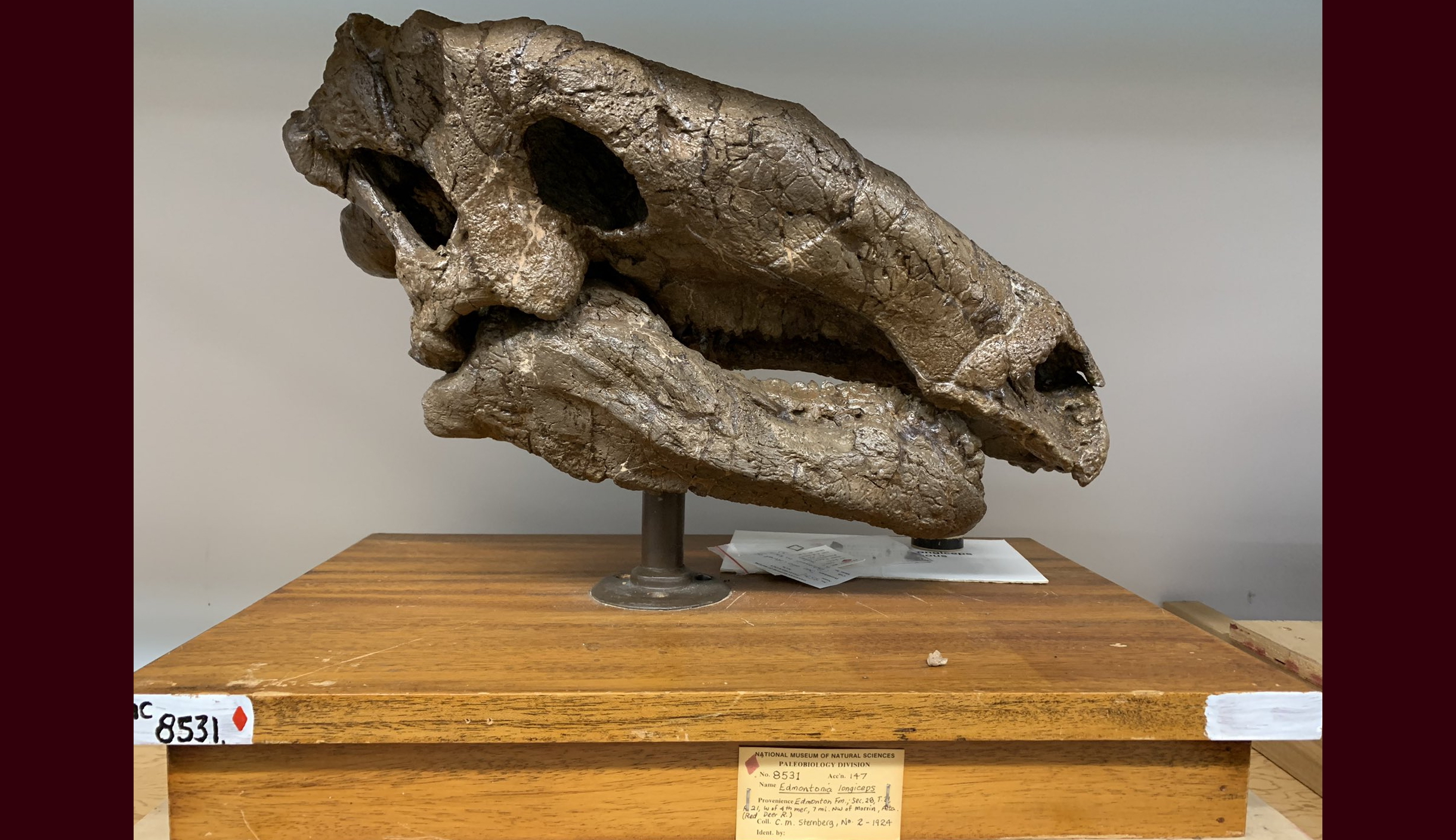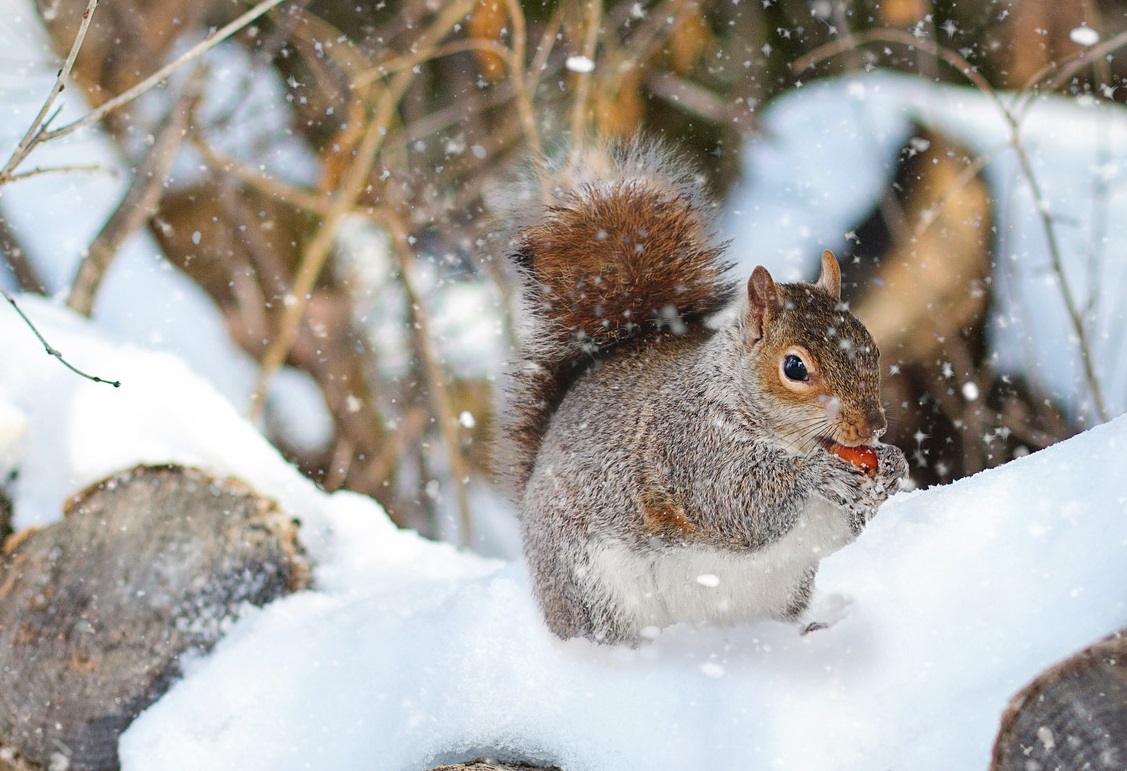
New Year ...
more nature to discover!
As we welcome 2021, we encourage you to embrace winter and be inspired by the wonders of nature.
In compliance with the Province of Ontario's declared state of emergency, the Museum remains closed until further notice.
Continue to connect with us for engaging online content. Follow us on Facebook, Twitter and Instagram and visit us on nature.ca.
Editor: Laura Sutin
Questions or comments can be sent to lsutin@nature.ca
Photos:
Squirrel: Jill Wellington, pixabay.com
Match strike: pixabay.com
Centrosaurus apertus illustration (detail): Nobu Tamura

